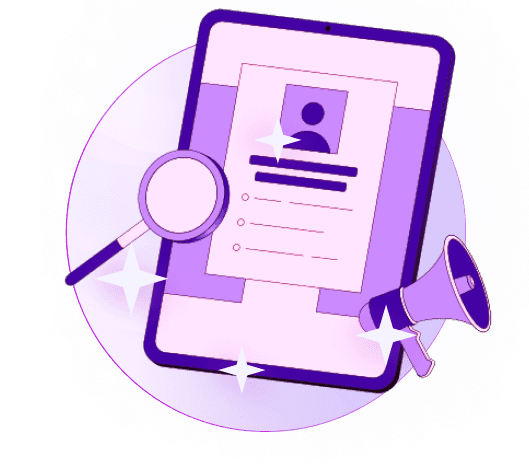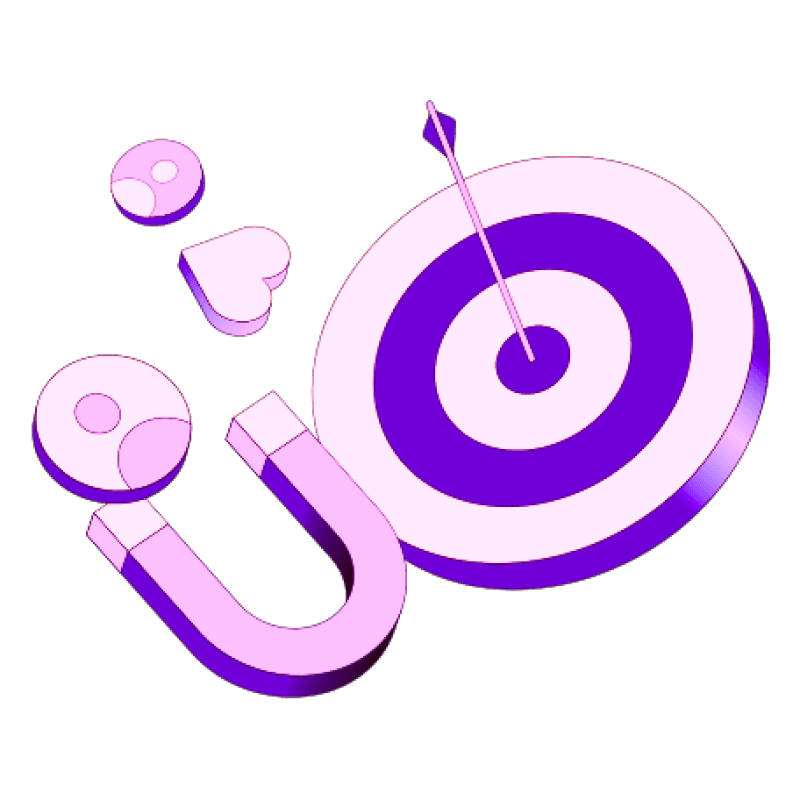Blogs
Articles

How to Write Cold Emails That Get High Positive Response Rates
In the fast-paced world of sales, cold emails remain a cornerstone strategy for outreach. When crafted effectively, they can open doors to new opportunities and connections. However, the challenge lies in standing out among the sea of emails your prospects receive daily.
This blog post delves into cold email best practices to amplify your sales outreach efforts, providing you with actionable insights to create effective cold emails that resonate with your target audience.
Understanding Your Audience
The foundation of any successful cold email campaign is a deep understanding of your audience. By tailoring your message to their specific needs and pain points, you significantly increase your chances of engagement. Here's how to get to know your audience better:
Conduct Thorough Research: Utilize LinkedIn, company websites, and industry reports.
Create Buyer Personas: Develop detailed profiles of your ideal customers including demographic, psychographic, and behavioral data.
Analyze Competitors’ Audiences: Observe who engages with competitors and identify gaps you can fill.
Crafting an Attention-Grabbing Subject Line
The subject line is your email’s first impression. A compelling subject line can improve your open rates significantly. Here are some best practices:
Keep it Short and Sweet: Aim for 6-10 words.
Personalize It: Use the recipient’s name or company.
Induce Curiosity: Phrases like "Quick question about [Project]" can pique interest.
Avoid Clickbait: Ensure your subject line accurately reflects the email's content.
Example: “John, unlock 30% more productivity in your team with this tool.”
Personalizing the Email Content
Personalization goes beyond inserting the recipient’s name; it demonstrates that you value the recipient enough to tailor your communication. Here’s how to personalize effectively:
Reference a Recent Achievement: Congratulate them on a recent promotion or company milestone.
Mention Mutual Connections: If you share a common connection, acknowledge it.
Cite Specific Pain Points: Show that you understand their challenges and are offering solutions.
Structuring the Email
A well-structured email guides the reader effortlessly through your message. Maintain clarity and impact with the following structure:
Opening Line: Introduce yourself and establish relevance.
Body: Address pain points, present your solution, and support it with data or testimonials.
Closing Line: Summarize benefits and lead to the call-to-action.
Example:
Hi [Name],
I noticed your recent post about [topic]. At [Your Company], we specialize in [solution]. Our clients, such as [Client A], have seen a [statistic] improvement in [metric] within [time frame].
Let's discuss how we can achieve similar results for you.
Best, [Your Name]
The Call-to-Action
The call-to-action (CTA) is crucial as it encourages the recipient to take the next step. Here’s how to craft a compelling CTA:
Be Clear and Specific: What do you want the recipient to do?
Create a Sense of Urgency: Phrases like “Schedule your free demo now” work well.
Limit Options: Avoid confusion by providing one clear action.
Example CTA: “Can we schedule a 15-minute call this week to explore how we can help you achieve your goals?”
Follow-Up Strategies
Persistence is key in sales outreach. An effective follow-up strategy ensures you stay top of mind without becoming intrusive:
Timing: Follow up 3-7 days after the initial email.
Value Addition: Each follow-up should offer additional value or information.
Politeness: Remain courteous and acknowledge they might be busy.
Example Follow-Up:
Hi [Name],
Just following up on my previous email. I’d love to discuss how we can assist you in [area of improvement]. Do you have some time this week for a brief call?
Common Mistakes to Avoid
Even seasoned professionals can fall into common traps. Here are the pitfalls to steer clear of:
Overly Salesy Language: Focus on building a relationship rather than a hard sell.
Generic Templates: Avoid mass emails without personalization.
Neglecting Proofreading: Spelling and grammar errors can damage credibility.
Tools and Resources
To enhance your cold email outreach, leverage these tools:
Email Tracking Software: Tools like Yesware and Mailtrack to track opens and clicks.
CRM Systems: HubSpot and Salesforce for managing contacts and follow-ups.
Personalization Tools: Crystal Knows for tailored messaging based on personality insights.
Conclusion
Mastering the art of crafting compelling cold emails can significantly boost your sales outreach effectiveness. By understanding your audience, creating attention-grabbing subject lines, personalizing content, structuring your emails effectively, and employing robust follow-up strategies, you can unlock new opportunities and drive remarkable results.
Elevate Your Cold Email Strategy with Persana.ai
To further refine your cold email outreach, consider integrating advanced tools like Persana.ai into your strategy. Our platform offers powerful features for enhanced email personalization and data enrichment. Explore Persana.ai to see how we can help you craft more effective cold emails and achieve your sales goals.

Create Your Free Persana Account Today
Join 5000+ GTM leaders who are using Persana for their outbound needs.
How Persana increases your sales results
One of the most effective ways to ensure sales cycle consistency is by using AI-driven automation. A solution like Persana, and its AI SDR - Nia, helps you streamline significant parts of your sales process, including prospecting, outreach personalization, and follow-up.



